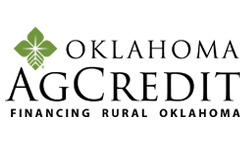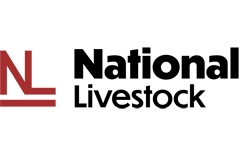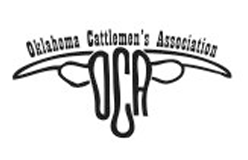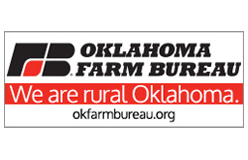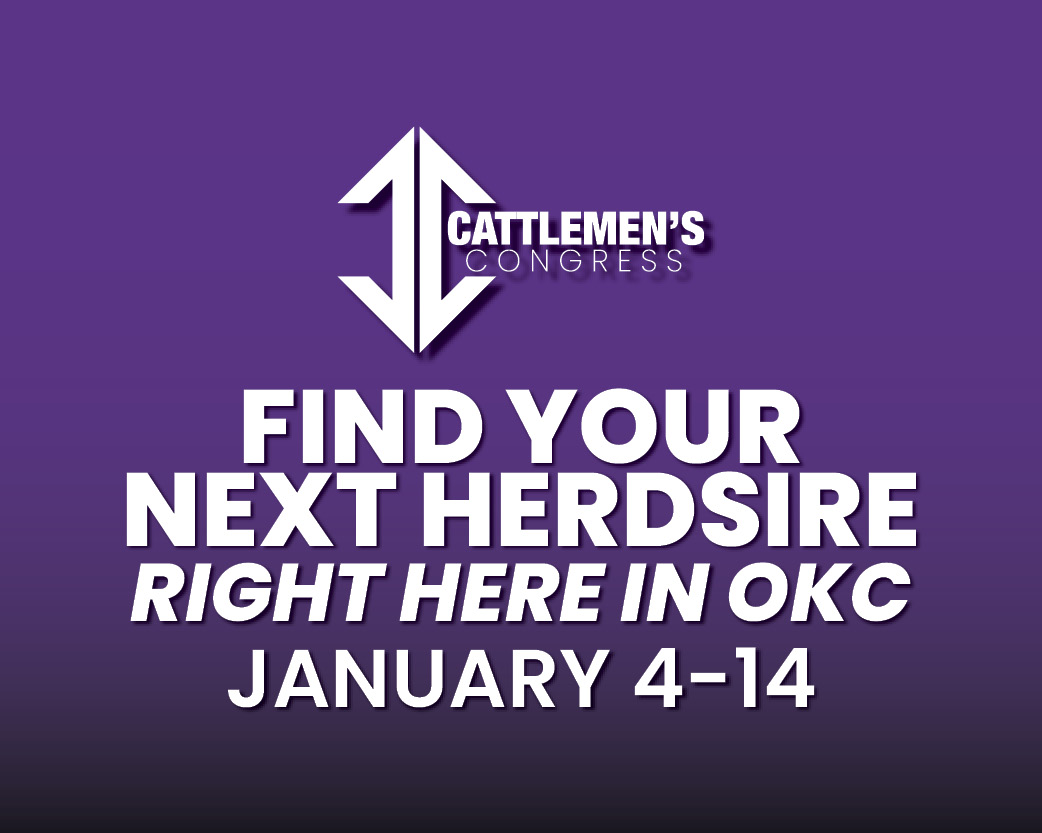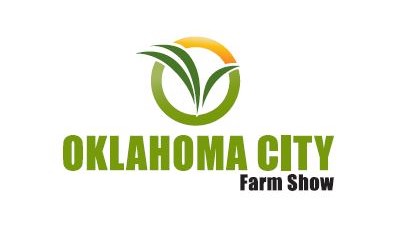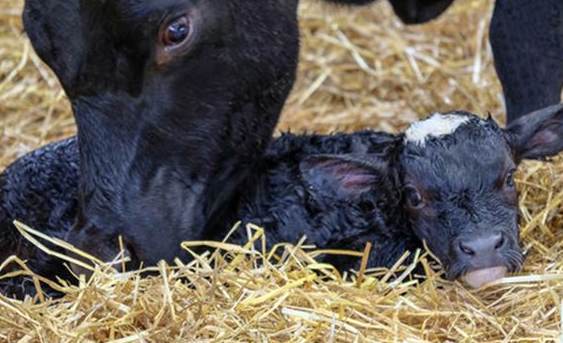
How do you develop breeding objectives and identify economically important traits on which to apply selection pressure in your cow-calf operation? The answer lies in understanding that your cattle (and their underlying genotype) are just one component of a much larger system. Your production system is a group interdependent components. Animal-related systems vary from large, extremely complex systems such as the beef industry as a whole, to smaller (but still complex) systems like an individual farm or ranch.
To analyze your own unique cow-calf production system, consider the following:
- Your cattle – specifically their genotypes
- Your production environment
- Your fixed resources and management
- Economics
Your cow inventory and bulls used are the means to produce the calves marketed. How would you describe the genetic potential and phenotype of your cowherd, bull battery and calves produced? Is this description a good fit with the other components of your system?
Your production environment refers to all the elements involved in your cow-calf operation over which you have little influence. Examples would include altitude, soils, climate conditions like rainfall, wind and temperature, as well as the quantity and quality of your forage base. Cow-calf production takes place in an extremely wide variety of production environments. A cowherd of the correct genotype to fit their production environment will more efficiently convert grazed forage into pounds of calf raised.
Fixed resources include factors such as the amount of pasture you have for grazing, your ability to grow (or have access to) supplemental feeds, and available labor. Management involves all the practices implemented by you. Examples include vaccination protocols, supplemental feeding, how long will mature cows remain in production and (very importantly), how and when will calves be marketed. Management also involves the selection and mating decisions you make to optimize genotypes in your production system in order to create profit potential.
Economics encompasses all the financial factors unique to your operation. The cost of inputs and value of outputs. Feed, fuel, fertilizer, equipment and labor are input cost. Input expenses are significantly influenced by the cost of maintaining your breeding herd. Furthermore, interest rates on debt and the equity you have in your land and cattle are very important economic factors which often influence marketing plans.
Considering all the components of your production system and how they interact with each other should determine breeding objectives and where selection pressure should be applied. This can result in genotypes that are an environmental fit, are aligned with marketing plans and optimize the use of your resources.
Build Back Better – Replacement Heifers Series – Article 3
Dr. Johnson discusses breeding objectives and selection pressure, helping producers make smarter decisions that lead to stronger, more productive herds on SunUpTV from November 22, 2025. https://www.youtube.com/watch?v=tuPLCJZzEI8


